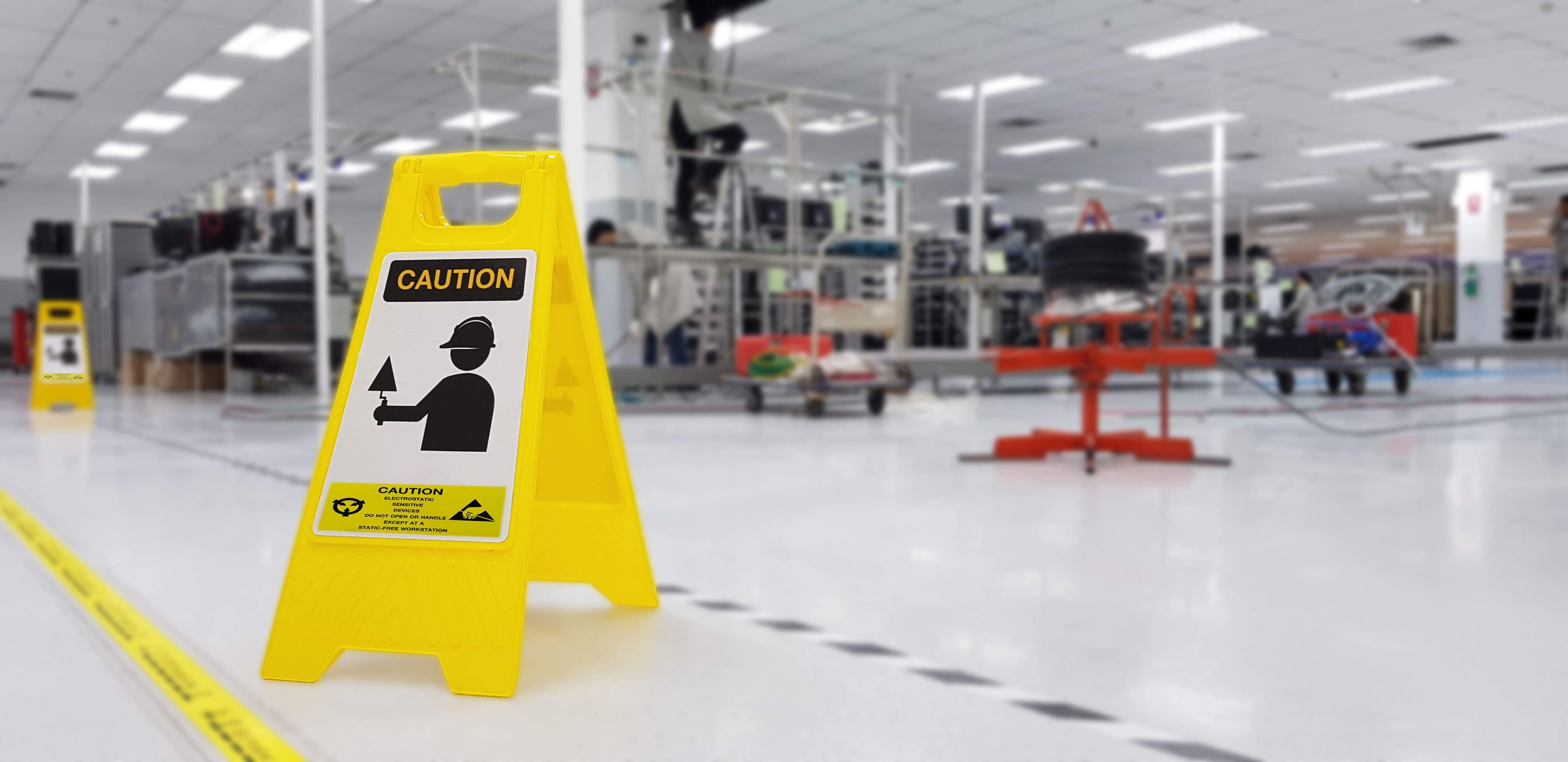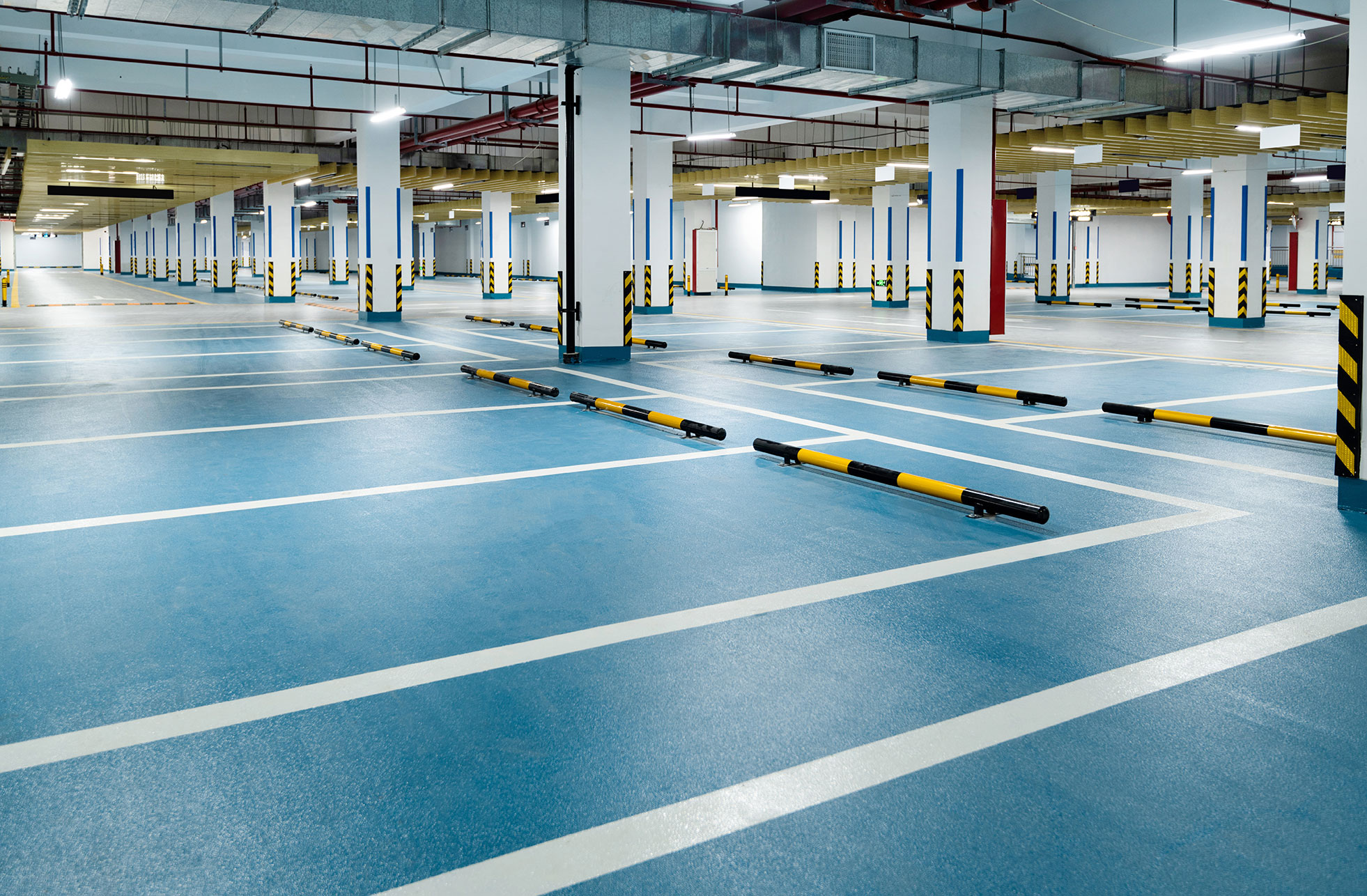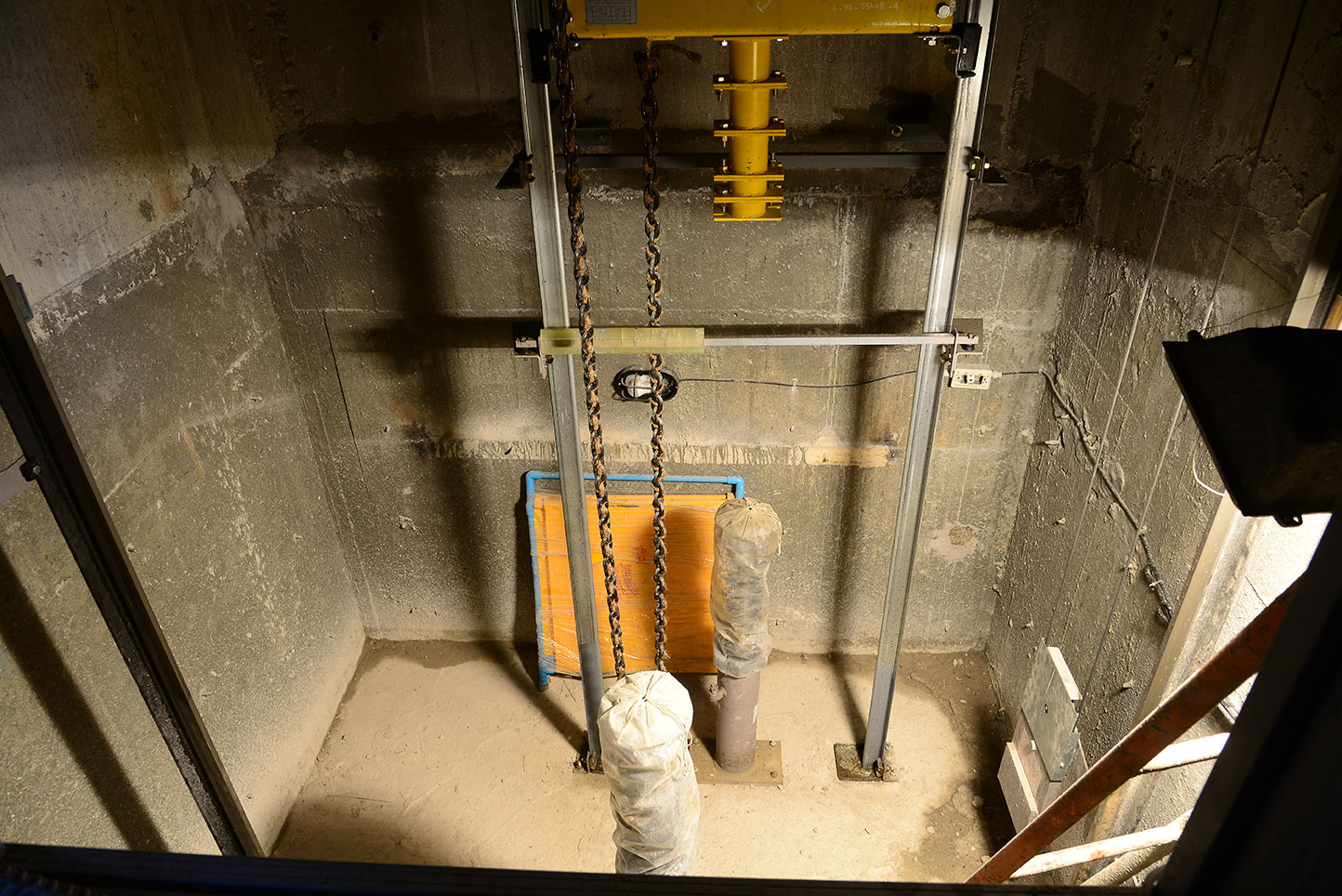
ESD Flooring Maintenance: Do’s and Don’ts
ARDEX ENDURA
09 Oct 2025
04 Min
Why ESD Flooring Maintenance is Critical
ESD or Electrostatic Discharge (ESD) flooring isn’t just about appearances. It is a broad category of flooring systems designed to control static electricity and safely discharge it to the ground. In environments like electronics assembly units, hospitals, operation theatres, manufacturing plants, and data centres, a single uncontrolled discharge can cause costly downtime and damage to critical components.
ESD flooring systems are generally classified as conductive or static dissipative based on how they manage electrical charges. Conductive ESD flooring enables rapid transfer of static electricity to the ground, making it ideal for areas where even the slightest discharge can affect performance or safety. Static dissipative flooring, on the other hand, allows charges to flow at a controlled rate, ensuring balanced protection for people and equipment. Choosing the right system helps maintain operational safety, equipment reliability, and compliance with industry standards.
Hence, regular maintenance is essential. Furthermore, if ESD flooring isn’t cared for properly, its ability to channel static charges safely to the ground can fade. Within ESD flooring, there are two main types: conductive and dissipative floors. Conductive floors have very low electrical resistance, hence move charges very quickly. Whereas dissipative floors release charges in a much slower, controlled manner.
Both types of ESD flooring lose effectiveness if the surface becomes contaminated or damaged. That is precisely why routine ESD flooring maintenance is so important.
Daily Do’s for ESD Flooring Maintenance
Caring for ESD flooring requires you to follow daily habits that can keep the surfaces in top condition:
- Use pH-neutral cleaners: Harsh acidic or alkaline products leave residues that interfere with conductivity. Hence, you can opt for non-aggressive, ESD-safe cleaning solutions.
- Dry mop first: An anti-static microfiber mop picks up fine dust particles that often carry static charge. Hence, removing them early makes wet cleaning more effective.
- Follow with wet cleaning: Wash the floor regularly with solutions specifically designed for ESD surfaces and ensure the right dilution and application is followed.
- Watch humidity levels: Too little humidity encourages static build-up, while excess can affect sensitive equipment. Hence, it is important to keep the humidity levels in check.
- Stick with ESD-safe furniture: Everyday items like chairs, trolleys, or shelving can block charge dissipation. It’s best to use equipment specifically designed to be compatible with electrostatic discharge flooring.
Common Don’ts That Can Damage ESD Floors
Certain practices can compromise the effectiveness of ESD flooring. Here are the key mistakes to avoid:
- Don’t apply wax or polish: These coatings create and prevent electrostatic discharge flooring from working effectively.
- Avoid dragging heavy loads: Sharp or heavy equipment can scratch or gouge the floor. This can end up breaking the conductive network.
- Skip harsh chemicals: Solvent-based cleaners and abrasive pads wear away coatings and alter resistance.
- No insulating mats or tape: Adhesives and mats with non-conductive backings create “dead zones” that interrupt the ESD system.
Even minor issues like scratches or chemical stains might look harmless, but they can disrupt performance over time.
Testing and Compliance Checks
Even with good cleaning habits, testing is essential. Electrostatic discharge flooring performance should be checked regularly to stay within compliance standards.
- Surface resistance testing: Carry out tests using meters that comply with ANSI/ESD S20.20 or the IEC standards. Take care to record readings carefully and track changes.
- Footwear and grounding checks: In production spaces, verify that workers’ shoes, heel straps, or wrist straps function correctly with the ESD flooring.
- Schedule audits: Routine audits are important as they help identify issues before they turn into failures and provide valuable documentation for clients as well as regulatory authorities.
Long-Term Maintenance Best Practices
While daily maintenance of ESD floors helps keep things running smoothly, long-term maintenance is important to safeguard your investment. Here are a few best practices:
- Set a preventive maintenance plan: Train staff, assign responsibilities, and use checklists to make sure nothing is missed.
- Clean spills immediately: Liquids, oils, or chemicals should never be ignored. Thus, quick action prevents staining and damage.
- Rotate equipment: Leaving heavy machinery in one place for too long can create dents or stress points.
- Verify grounding regularly: Ground connections may loosen over time; hence, scheduled checks help keep the system reliable.
- Ban non-approved products: Ensure you use only approved cleaners, adhesives, and mats to avoid accidents.
For long-term durability, Ardex Endura offers proven solutions:
- If you need high-performance self-levelling epoxy floors, you can opt for R 625 CE or R 625 CE Dissipative solutions, which are also anti-static, abrasion-resistant, and easy to maintain.
- These are Polyurethane-based ESD flooring systems, including R 701 CP andR 702 CP, that expand the range of options for industrial environments.
Each of these is engineered to deliver dependable performance in demanding facilities, provided the right ESD flooring maintenance plan is in place.
Conclusion
ESD flooring is a protective layer that controls static electricity and ensures a safer work environment. With proper cleaning, careful handling, and regular testing, you’re all set to maintain its performance. Vigilance and ESD flooring maintenance are key aspects that help keep the flooring in top shape and extend its life.
Furthermore, picking the right Ardex Endura products helps ensure that these floors will continue to perform for a longer duration. Our advanced formulations provide excellent chemical and abrasion resistance and reliable electrostatic conductivity, making them ideal for demanding industrial and commercial environments.




